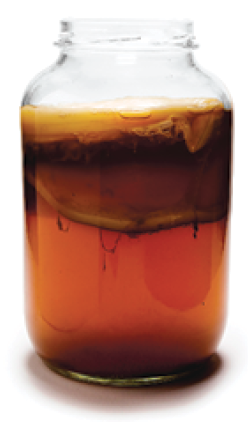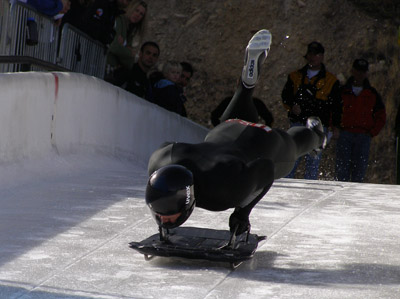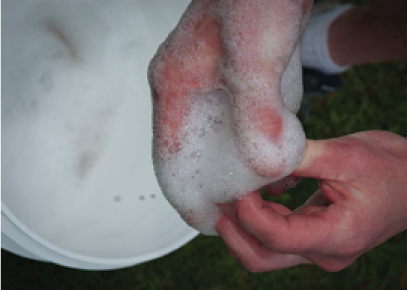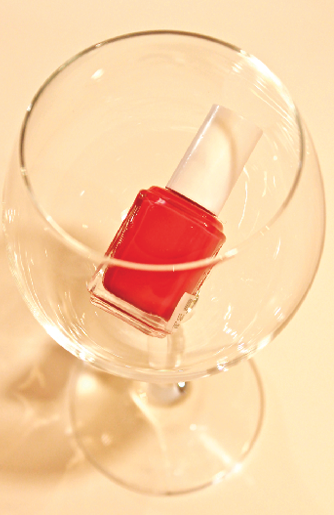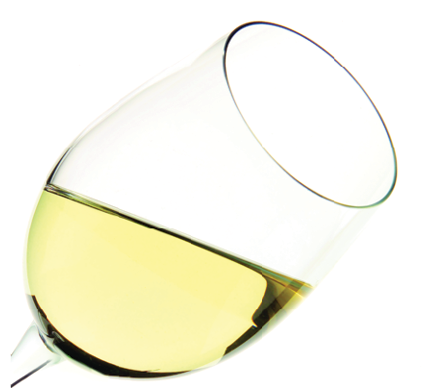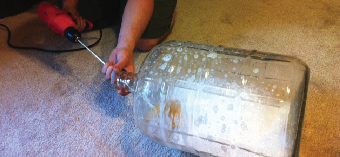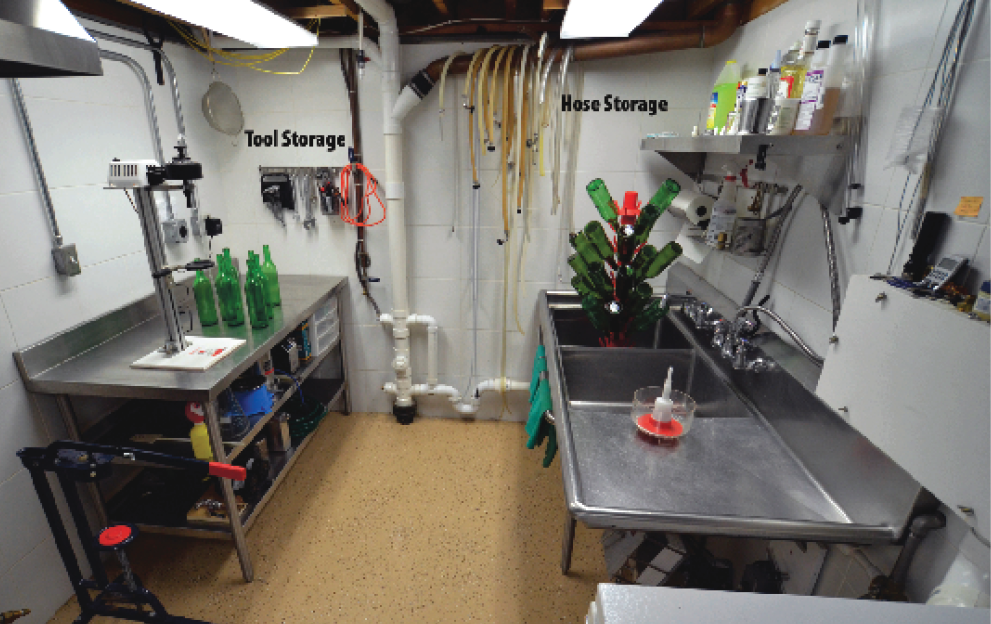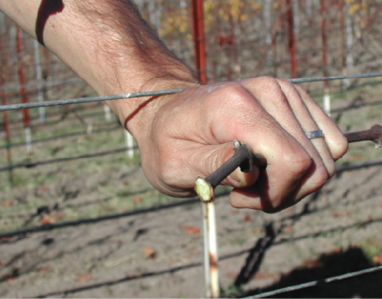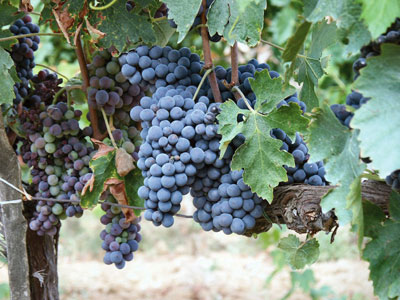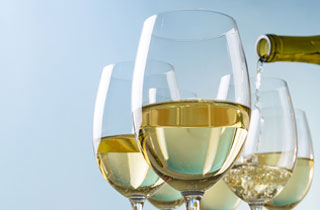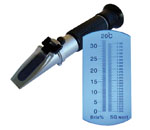Feb-Mar 2014
Growing Grapes In Albuquerque
I’m thrilled for your new move because Albuquerque is just about as far north in New Mexico as you want to be planting traditional wine grapes of Vitis vinifera. Many grape types
Sluggish Fermentation Woes
Hmmm, it sounds like you’ve got a little bit of sugar left there. I would start, however, with a quick check of your numbers to be sure. A °Brix of -1.0 (0.995
Hangover Myths Revealed
I just read the article you refer to, which seems to claim that “natural wine” (an ill-defined term, which in the article seems to mean “minimal sulfites added except at bottling” or
Brett in the Winery, Hangover Myths, and Grapes In Albuquerque
Brettanomyces is often an ambient microbe in the air we breathe, but that’s no reason to go inviting concentrated and healthy stocks of it into your cellar.
Cleaning and Sanitizing Your Way to Better Wine Kits
I had a very interesting conversation with a couple of veteran winemakers at a guided wine tasting I conducted this fall. Together, they had made dozens of batches of wine, were using
Higher Alcohol Off-Odors in Wine
Did you ever create a wine that seemed more viscous than your typical wine, or which may have exhibited heavier fruity odors, or perhaps a solvent-like smell? The culprits may well be
Fining Your Way to Clear Wine
Fining of wine is the addition of one substance to remove another. It is a diverse subject with several classes of materials involved in its use and lots of different intended outcomes.
Build a Carboy Cleaner
I learned quickly during my early days of cleaning up after myself in the winery that a carboy brush is designed to spackle the walls, surrounding cabinets and the user with undesirable
Design your Home Winery
We have had many customers at Blichmann Engineering ask about using our fermenters for winemaking, which is why I decided that I needed to learn more about making wine. My first batch
Grapevine Pruning Fundamentals
Pruning is the removal of portions of the vine. Training is the arrangement of the vine parts both immediately after pruning and as the vine grows. The trellis is the physical structure
Sangiovese: The king of Tuscany
Grapes in Tuscany are a way of life, and Sangiovese, the red workhorse of Tuscany through the millennia, is as noble as they get — well, depending who you talk to.
Kombucha In My Winery?
Just like I would not let a buddy of mine do any Brettanomyces beer-brewing experiments in my winery, so should you not do Kombucha and wine together in your kitchen (or garage)
Making Sangiovese: Tips from the Pros
Sangiovese is primarily associated with wines from Italy, especially from the Tuscany region. However, there are also a number of vineyards in the New World growing Sangiovese. The 2012 California Grape Crush
Cleaning and Sanitation for Beginners
An introduction to cleaning and sanitation for beginners.
In the Wine Lab
As a home winemaker, testing your wine for certain things like Brix and pH are critical, while other tests are optional. Get to know the equipment you really need, what the equipment does, and how much it costs.



